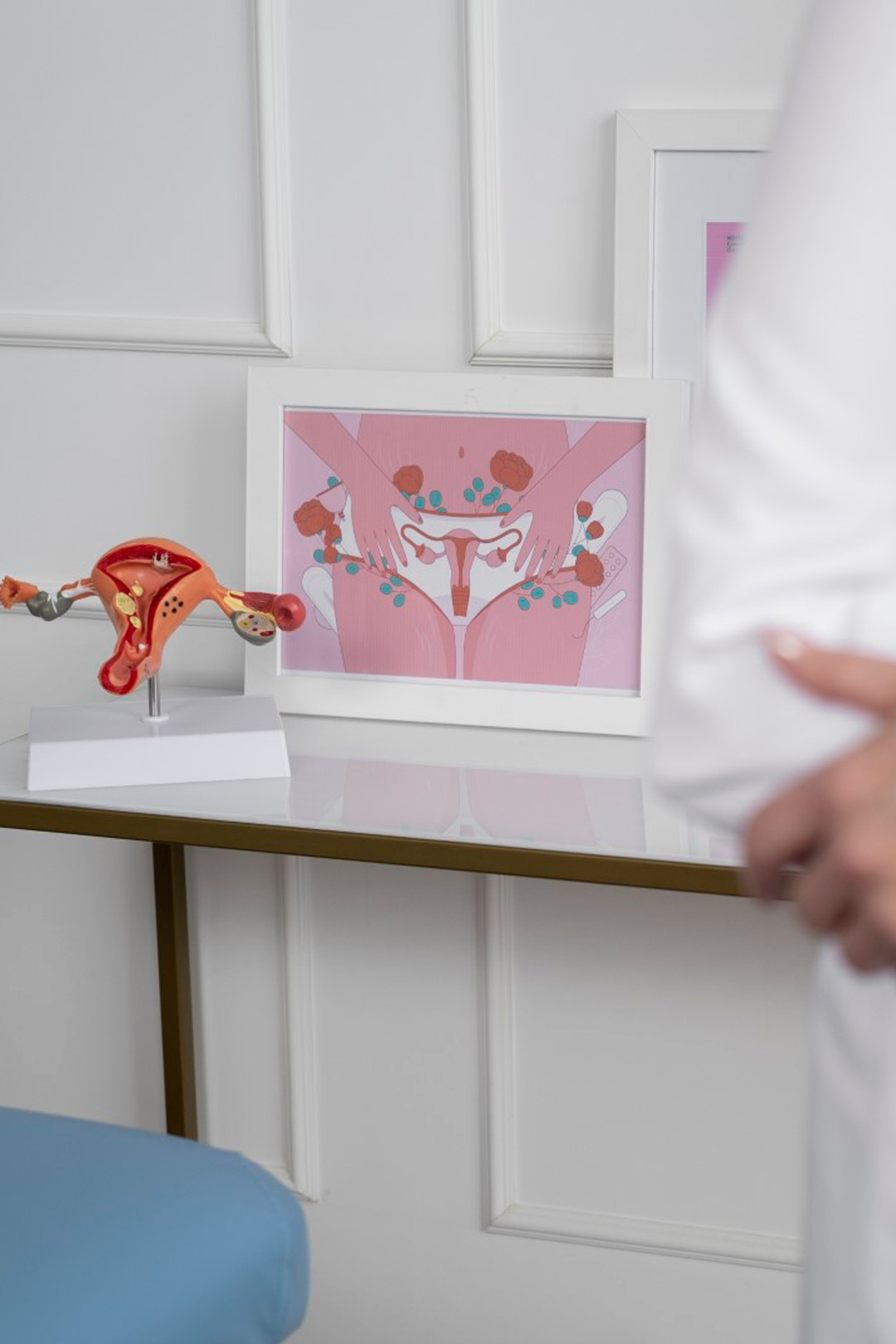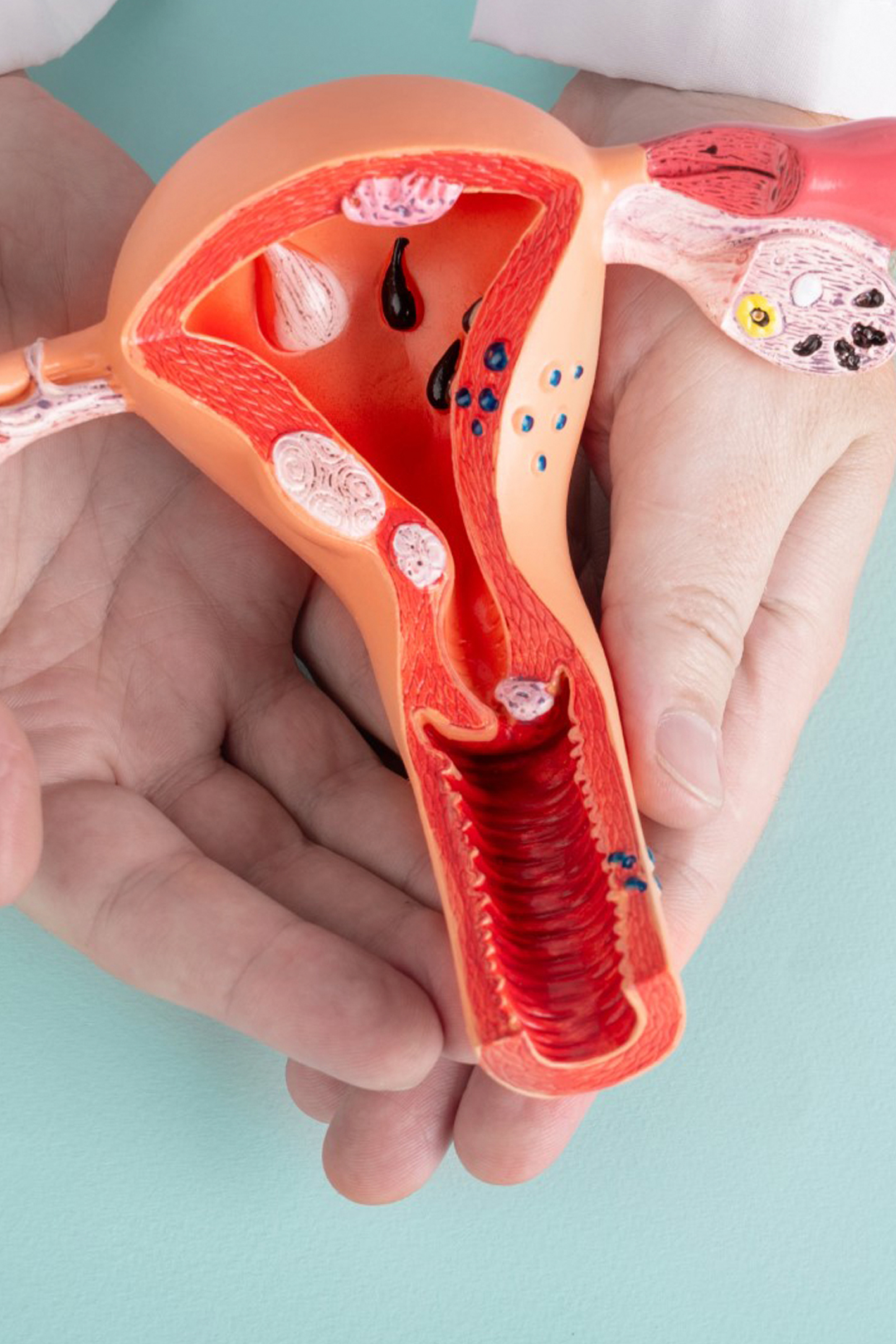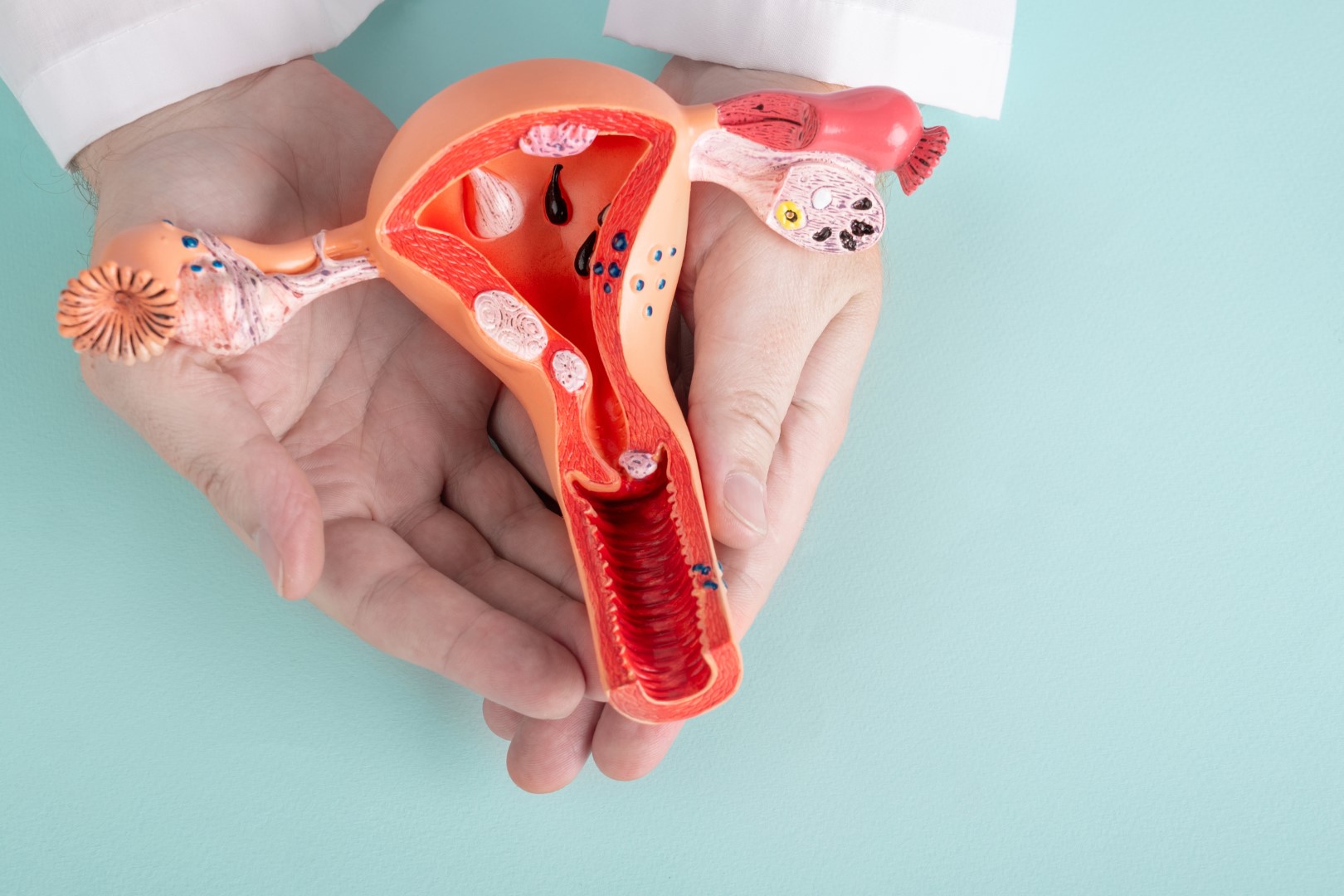Female infertility
Ovulation, regulated by hormonal changes between the ovaries, pituitary gland and hypothalamus, allows the egg to reach the fallopian tube for fertilization. The success of pregnancy depends on a precise sequence of events, although various factors can alter this natural process.
Ovulation is a phenomenon orchestrated by a conjunction of hormonal changes in which the ovaries, pituitary gland and hypothalamus participate.
Although a woman's body supports these changes and is stable, there are many factors that can alter the dynamics of this process.
When ovulation takes place and the egg has been released, it reaches the fallopian tube where it must meet the sperm, leading to fertilization.
For fertilization to occur, it is very important that the passage of the most mobile sperm is not hindered on its path along the uterus. The phenomenon of implantation is what will determine if everything has occurred properly, and thus, finally, pregnancy takes place.

Ovulation is a phenomenon orchestrated by a conjunction of hormonal changes in which the ovaries, pituitary gland and hypothalamus participate.
Although a woman's body supports these changes and is stable, there are many factors that can alter the dynamics of this process.
When ovulation takes place and the egg has been released, it reaches the fallopian tube where it must meet the sperm, leading to fertilization.

For pregnancy to occur naturally, a succession of events must occur successfully, in a precise and coordinated manner. However, there are factors that can get in the way of successfully achieving this goal.
For fertilization to occur, it is very important that the passage of the most mobile sperm is not hindered on its path along the uterus. The phenomenon of implantation is what will determine if everything has occurred properly, and thus, finally, pregnancy takes place.
For pregnancy to occur naturally, a succession of events must occur successfully, in a precise and coordinated manner. However, there are factors that can get in the way of successfully achieving this goal.
We can classify the causes of female infertility according to the level at which the dysfunction occurs, being able to distinguish:

Ovarian failure
It includes both women who present minor functional alterations that do not prevent ovulation, as well as women who have completely lost ovarian function.
We are referring to women who, even having menstruation, can present; reduced ovarian function because they have reached an advanced age (35 years) and their eggs are no longer in the optimal maturation environment, women who have a low ovarian reserve, women with hormonal disorders such as Polycystic Ovary Syndrome (PCOS) or those that involve prolonged periods with lack of menstruation (Amenorrhea).
Occasionally, women with severe endometriosis that affects ovarian function may be included in this group.
Those who have completely lost ovarian function due to advanced age or premature ovarian failure if menopause occurs before the age of 40.
Sometimes, it may be due to an injury, infection, oncological treatment or surgical intervention that affects the function of the ovary.
Although less common, a genetic predisposition or chromosomal alterations can cause loss of ovarian function.


Tubal failure
In the fallopian tubes, fertilization of the oocyte by sperm takes place and, subsequently, the transport of the zygote to the uterus.
Therefore, any type of alteration that makes the passage of sperm and the zygote difficult will have its implications on the couple's fertile potential. Inflammatory, infectious processes or previous surgical interventions can trigger obstruction of the tube.
The tissue of the uterus and tubes are closely united, to the point that any injury can facilitate healing and form adhesions that cause partial or total obstruction of the passage through this cavity.
Some malformations constitute an obstruction and lack of patency between the uterine and tubal cavities.

Tubal failure
In the fallopian tubes, fertilization of the oocyte by sperm takes place and, subsequently, the transport of the zygote to the uterus.
Therefore, any type of alteration that makes the passage of sperm and the zygote difficult will have its implications on the couple's fertile potential. Inflammatory, infectious processes or previous surgical interventions can trigger obstruction of the tube.
The tissue of the uterus and tubes are closely united, to the point that any injury can facilitate healing and form adhesions that cause partial or total obstruction of the passage through this cavity.
Some malformations constitute an obstruction and lack of patency between the uterine and tubal cavities.


Fallo tubárico
En las trompas de Falopio, tiene lugar la fecundación del ovocito por los espermatozoides y, posteriormente, el transporte del cigoto hasta el útero.
Por lo tanto, cualquier tipo de alteración que dificulte el paso de los espermatozoides y del cigoto, tendrá sus implicaciones sobre el potencial fértil de la pareja. Los procesos inflamatorios, infecciosos o intervenciones quirúrgicas previas, pueden desencadenar la obstrucción de la trompa.
El tejido del útero y de las trompas está estrechamente unido, hasta el punto de que cualquier lesión puede facilitar la cicatrización y formar adherencias que provoca la obstrucción parcial o total del paso a través de esta cavidad.
Algunas malformaciones constituyen una obstrucción y una falta de permeabilidad entre la cavidad uterina y tubárica.
Uterine or endometrial failure
Certain uterine anomalies affect embryo implantation.
The endometrium is the mucosa that lines the inside of the uterus and is responsible for establishing a direct molecular dialogue with the embryo during implantation.
Some malformations of the uterine anatomy, the presence of tumors, fibroids and polyps, can drastically affect the chances of obtaining a pregnancy.



Uterine or endometrial failure
Certain uterine anomalies affect embryo implantation.
The endometrium is the mucosa that lines the inside of the uterus and is responsible for establishing a direct molecular dialogue with the embryo during implantation.
Some malformations of the uterine anatomy, the presence of tumors, fibroids and polyps, can drastically affect the chances of obtaining a pregnancy.




